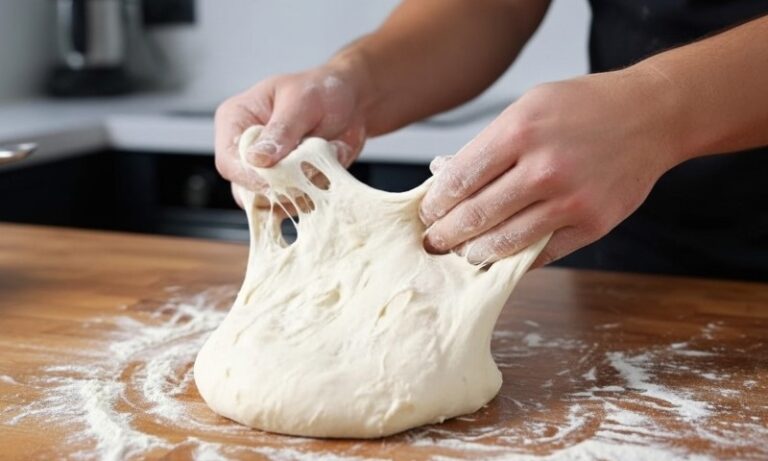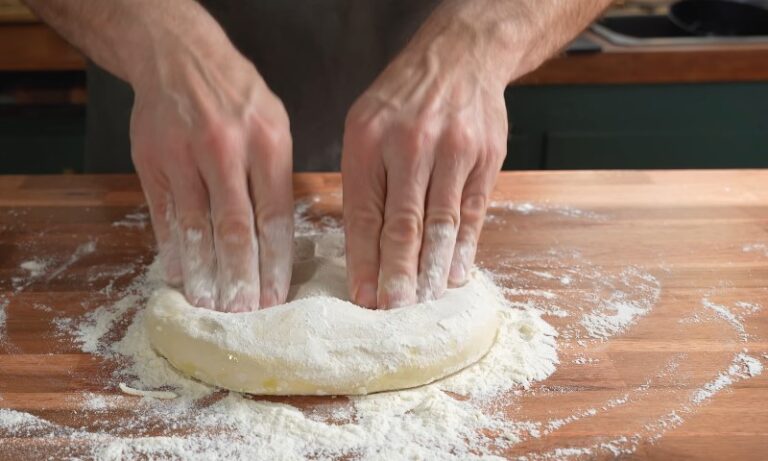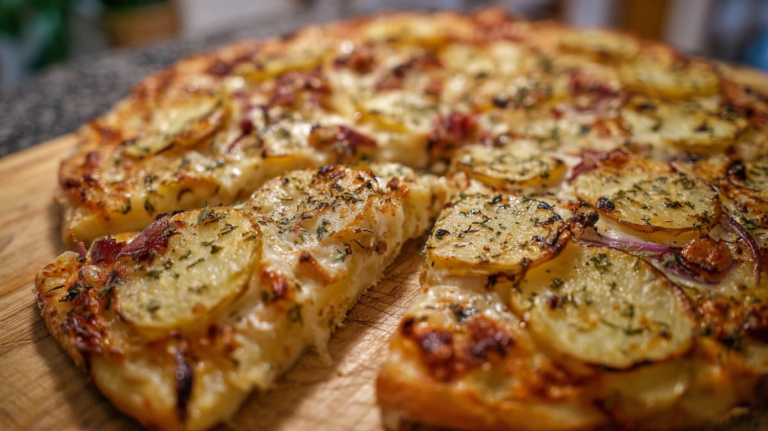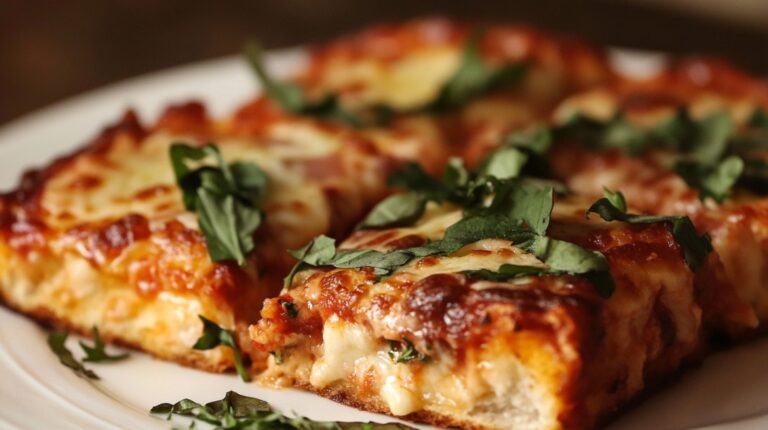I spent some time in Naples, where I learned a few secrets to making the perfect Margherita pizza.
Now, I’m excited to share those tips with you so you can bring that authentic Italian flavor into your kitchen.
Table of Contents
Toggle1. Use Quality Flour and Ferment for 24 Hours

Start with high-quality flour, which impacts both texture and taste. Combine it with water, salt, and yeast. This mix is simple, but the secret lies in letting it ferment. A 24-hour rest in the refrigerator does wonders. It allows the dough to develop a complex flavor profile and an ideal texture. The slow fermentation helps create a crust that is both crispy on the outside and soft on the inside.
2. High-Quality, Freshly Made Mozzarella

The best option is fresh mozzarella, either from buffalo or cow’s milk, as it offers a creamy, rich flavor and a delightful melt. Unlike pre-shredded or low-moisture, fresh mozzarella retains a light and delicate texture that combines perfectly with tomatoes.
When applying it to your pizza, less is more. Distribute small, evenly spaced dollops over the sauce. As it cooks, the cheese will spread without becoming too dense or making the base soggy.
3. Add Fresh Basil Just Before Serving

Unlike dried herbs, fresh basil offers a burst of fragrance and a sharp, clean flavor that complements the sweet acidity of the tomato sauce and the rich creaminess of the mozzarella. It’s essential to add the basil leaves after baking the pizza rather than before, to avoid burning the delicate leaves, which can become bitter when exposed to high heat for too long.
4. Preheat the Oven to at Least 450 Degrees Fahrenheit
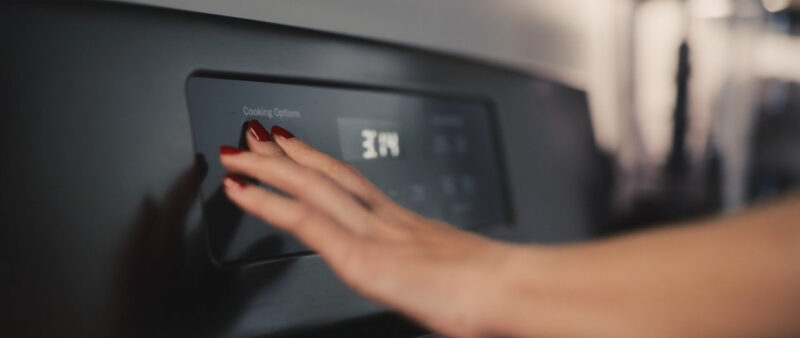
The high heat ensures the dough cooks fast, giving you a crisp edge and a soft middle. It also melts the mozzarella perfectly and gives a nice touch to the tomato sauce. If you use a pizza stone, it’ll help distribute the heat evenly, making the crust cook just right, like in a professional oven. This step is key for getting that restaurant-quality pizza at home.
5. High Hydration Dough, Ideally 63%
A dough with high hydration, around 63%, is key for a light, airy crust. So just add more water to the mix. It might be tricky to handle because it’s stickier, but the result is worth it. When this wetter dough cooks, it creates steam, which puffs up the crust, giving those big, soft bubbles that make a great pizza base.
6. Aim for Leopard Spots on the Crust Through High Oven Temperatures

For that classic Neapolitan look, aim to get “leopard spots” on your pizza crust. These are the charred patches that add a smoky flavor and crispy texture. Achieving this requires cooking at high temperatures. A pizza stone or steel is ideal because it gets extremely hot.
7. Use High-Protein Flour, with 11% Protein or More
When making Pizza Margherita, it’s best to use bread flour because it’s higher in gluten. That helps the dough stretch nicely without tearing, which is perfect for getting that thin, crispy and chewy crust everyone loves. High-gluten flour is key because it holds up better under the toppings and doesn’t get soggy.
8. Prefer Fresh Yeast for Better Fermentation Control
Fresh yeast is more effective for long fermentation, which is crucial for developing deep, rich flavors in the crust. It’s more reliable and consistent than dry yeast, helping the dough rise evenly and creating that perfect texture. And don’t worry, all supermarkets are selling fresh yeast. It’s usually next to the baking powder and flour.
The Bottom Line
And when we look at all these details separately, they are quite simple, right? But the thing is that a lot of people will miss some of them, and that will lead to results that cannot be compared to the famous Neapolitan style.
If you want to be sure not to miss any of them, just write down these tricks next to the recipe, or keep your phone with this guide open and you achieve the best Margherita for sure.




